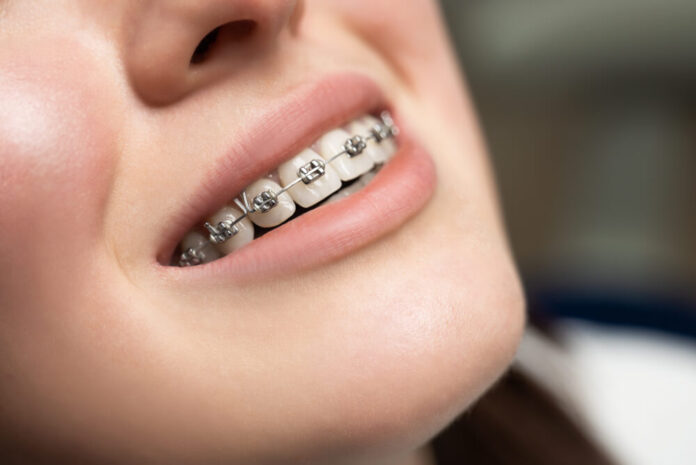Braces are a popular orthodontic treatment for correcting crooked teeth, gaps, and other dental issues. However, with so many types of braces to choose from, it can take time to decide which one is the best fit for your needs. In this article, we will explore the different types of braces, their pros and cons, and the factors to consider when selecting the right braces for you. Whether you are an adult or a teenager, this guide will help you decide on the type of braces that will work best for your dental needs and lifestyle.
What are braces?
Braces are dental tools used to correct the alignment of teeth to have a better bite and smile. They are attached by a dental professional called an orthodontist, who can be found in a hospital, a dental clinic, or an orthodontic clinic near you.
Who needs braces?
You need braces if you have crooked, misaligned, uneven teeth or an improper bite. While it is ideal to have braces to correct these, it is important to note that wearing braces is not necessary unless you are experiencing pain or problems such as low self-confidence or frequent gum diseases.
Types of Braces
If you are considering having braces, you must know that there are several types to choose from. Choose which one best suits you and your needs.
Metal Braces
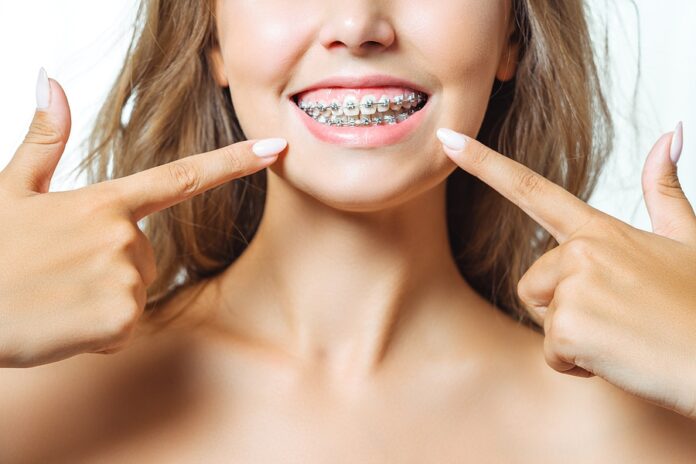
Metal braces or traditional braces are the most common type of braces available. It is the most widely available type and has been around for almost 100 years already. Although braces were painful, bulky, and noticeable before, technology and innovation have already improved the metal braces that we have today. Today, metal braces are smaller, less noticeable, more comfortable, and more effective.
Metal braces use small metal brackets that are attached to each tooth. It is then connected with an archwire and colorful bands that guide the teeth to move to the desired position.
This is the most popular choice for children and teenagers because of the personalization that they can put. Metal braces usually come with multi-colored bands that they can choose from every time they have their braces adjusted every one to two months.
Metal braces are the cheapest type of brace that you can avail of, and they can treat mild to severely crooked teeth.
Ceramic Braces
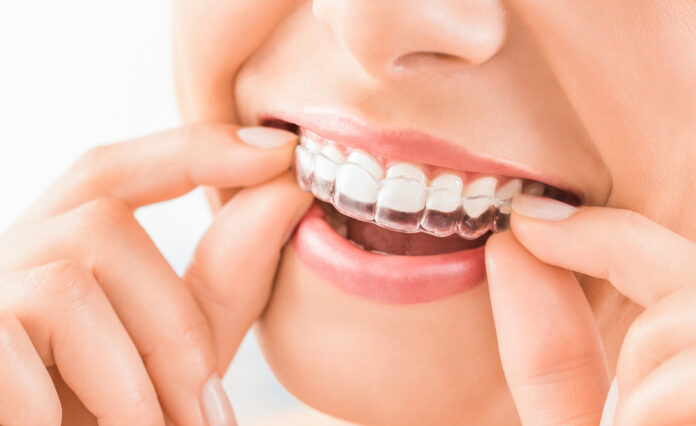
Ceramic braces work almost like metal braces but are made of clear or tooth-colored material. This makes the braces more discreet and less visible to the naked eye. Ceramic braces are an alternative for those who do not think that lingual and invisible braces work for them but still want a more discreet look.
Although it is more discreet, it is important to note that ceramic braces are larger than regular metal braces and that they can easily be stained depending on your food intake and oral habits.
Ceramic braces are competitively priced with metal braces and are often the popular choice for teenagers and adults who are aesthetically driven.
Self-ligating Braces
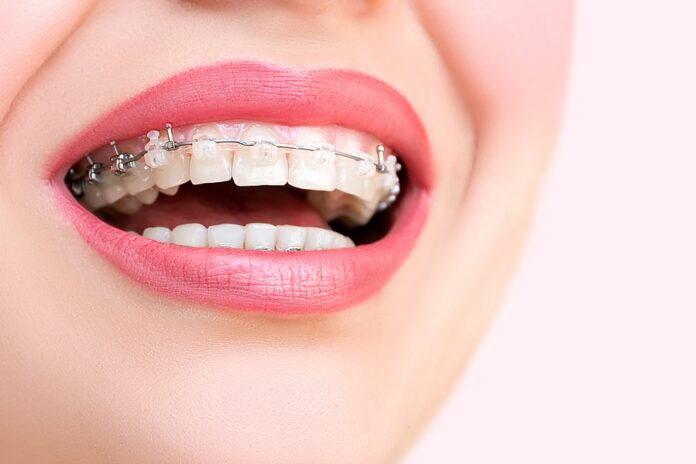
Self-ligating braces are slightly different from metal and ceramic braces because, unlike the other two kinds of braces, self-ligating braces use doors or clips to hold the wires of the braces rather than elastic bands.
Self-ligating braces are available in metal and clear material and are availed by patients more sensitive to pain. This is because self-ligating braces are easy to adjust, thus, shortening the time that you have to sit on the dental chair. However, because of this, it is no surprise that this is more expensive than metal and ceramic braces.
Lingual Braces
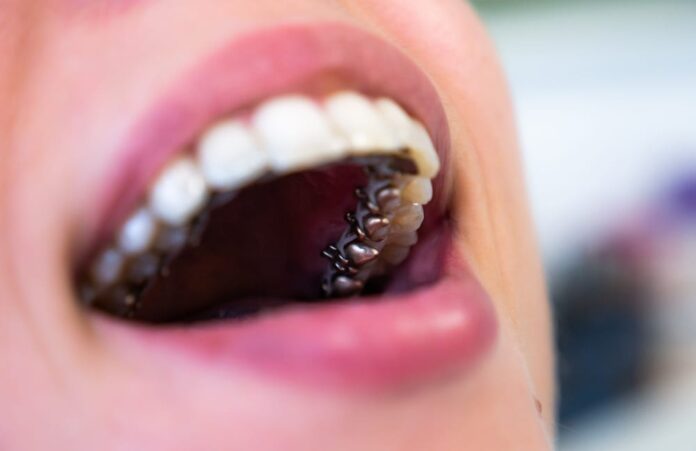
Lingual braces are the least common type of braces available today. Lingual braces are a specialized type of brace requiring a different skill set that only a few orthodontic clinics offer.
Lingual braces are the most advantageous type as they feature complete invisibility, full customization, better efficiency, and better versatility for patients. It is attached behind the teeth.
This is a pricier type of brace and is suited for adults who do not want their braces to be seen. Unlike invisible braces, which can only handle mild to moderate dental problems, this is also the choice if you have complex orthodontic needs.
Invisible Braces
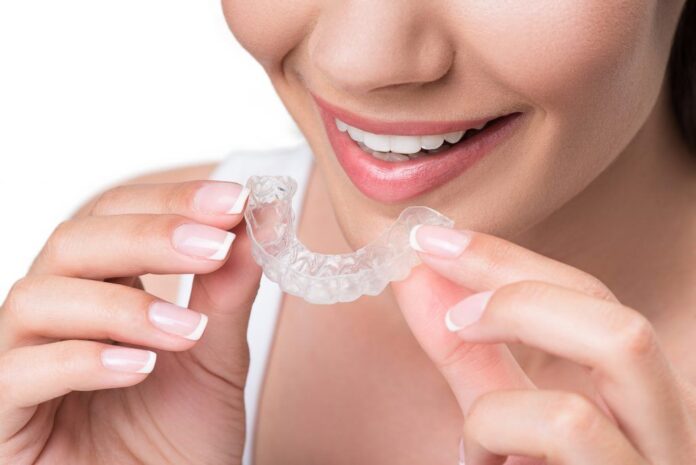
Popularized by Invisalign, the popularity of invisible braces has significantly surged in the last decade. Invisible braces became a common choice for those who want braces that are clear, transparent, removable, easy to brush and floss on, and require fewer and shorter appointments. While this may sound like the best option among others, invisible braces can only treat mild orthodontic problems. Thus, invisible braces are availed by those who only need ‘touch-ups’ or those who’ve already had braces.
Consult an Orthodontist to Know More About Braces
It is always best to consult an orthodontist to determine the most appropriate braces for your unique dental needs. Whether you need traditional metal braces or more discreet options like Invisalign or ceramic braces, a qualified orthodontist can evaluate your situation and provide tailored recommendations to achieve optimal results.
Kumra Orthodontics, an expert orthodontist in Washington, DC, is dedicated to helping patients achieve beautiful, healthy smiles through personalized treatment plans. Contact them today to schedule a consultation and take the first step toward transforming your smile!

